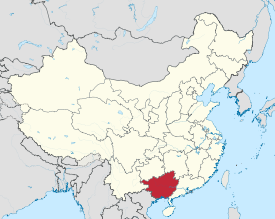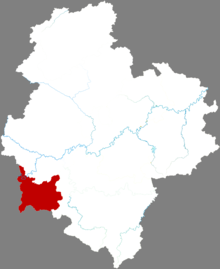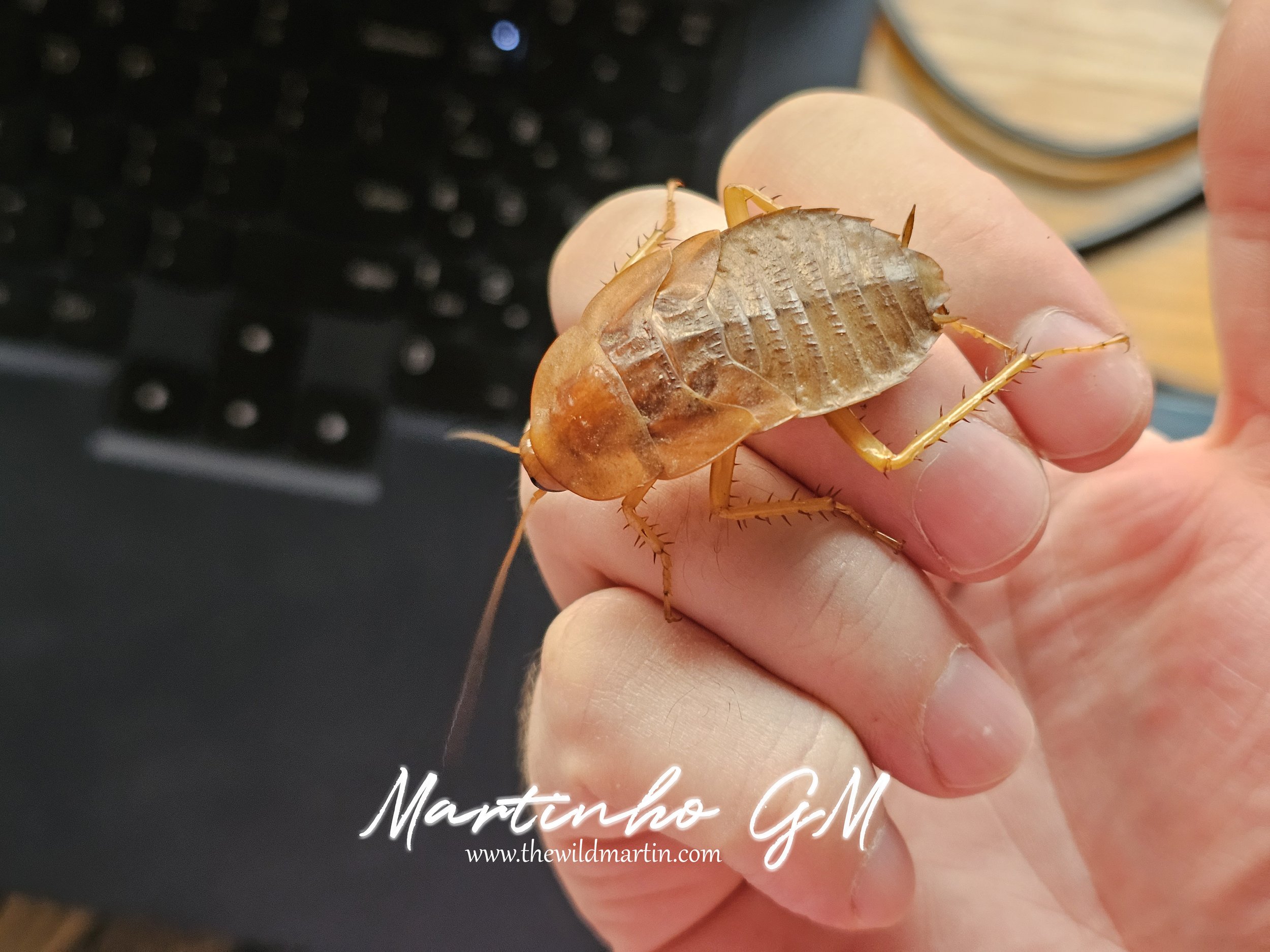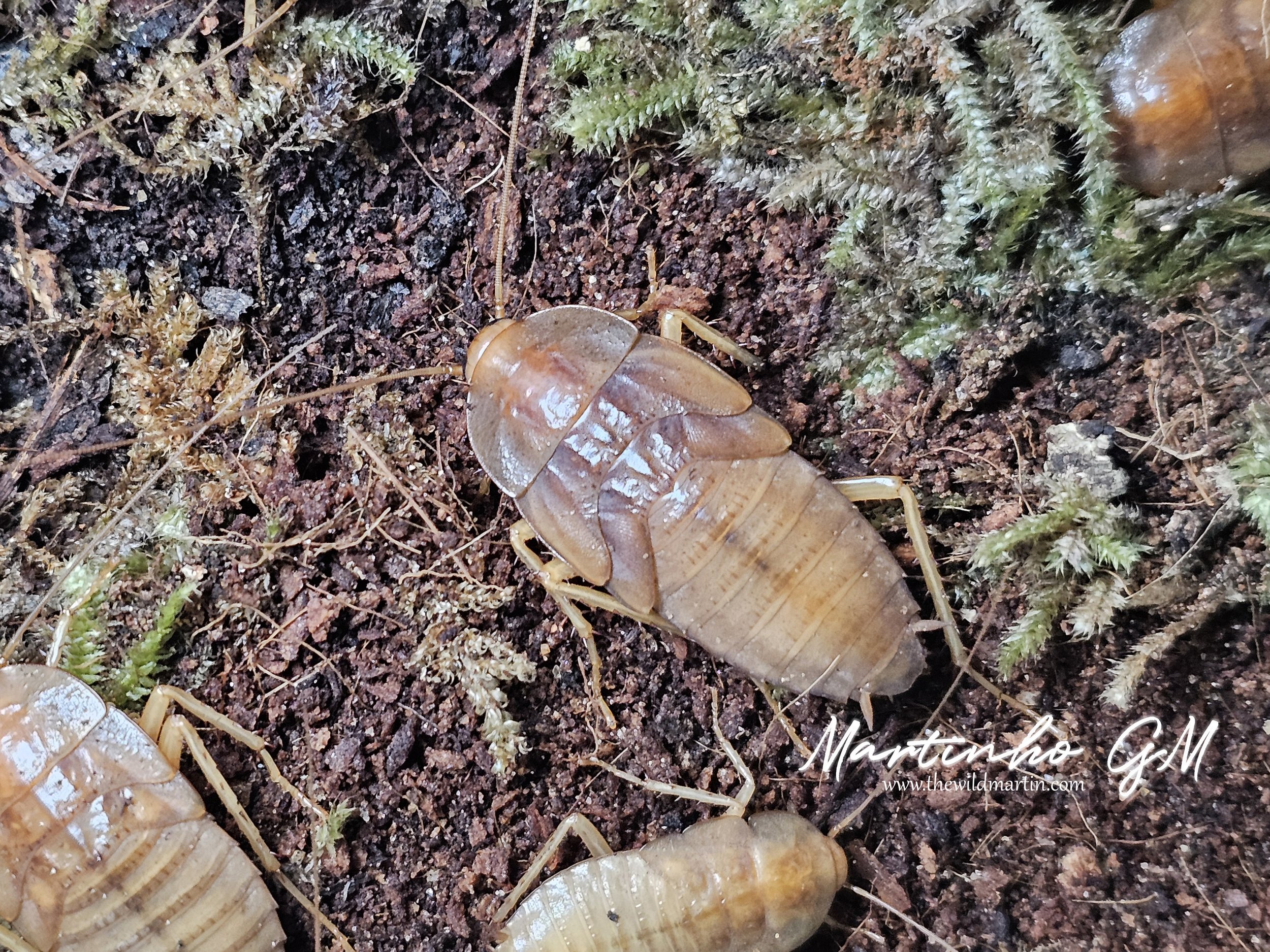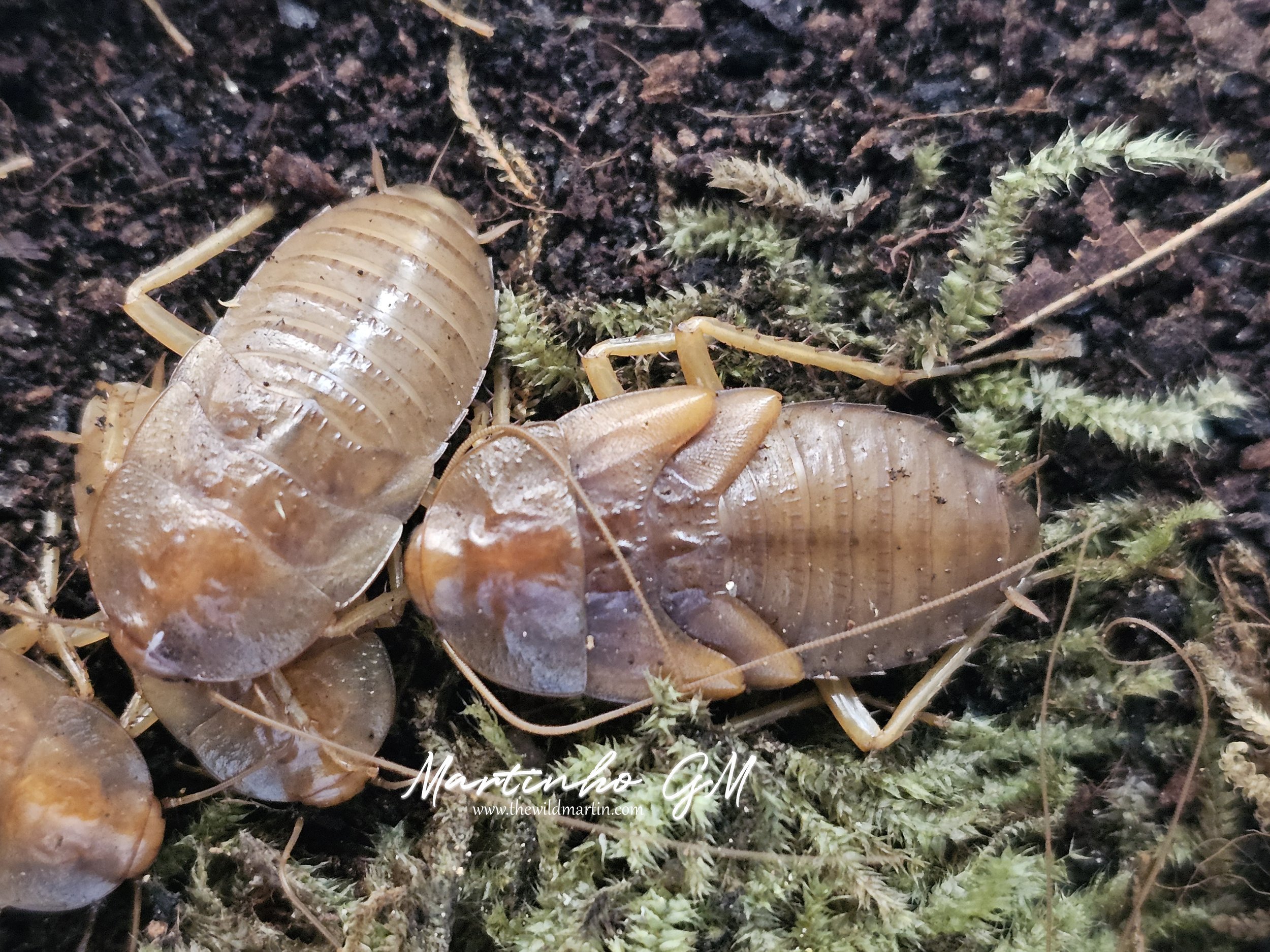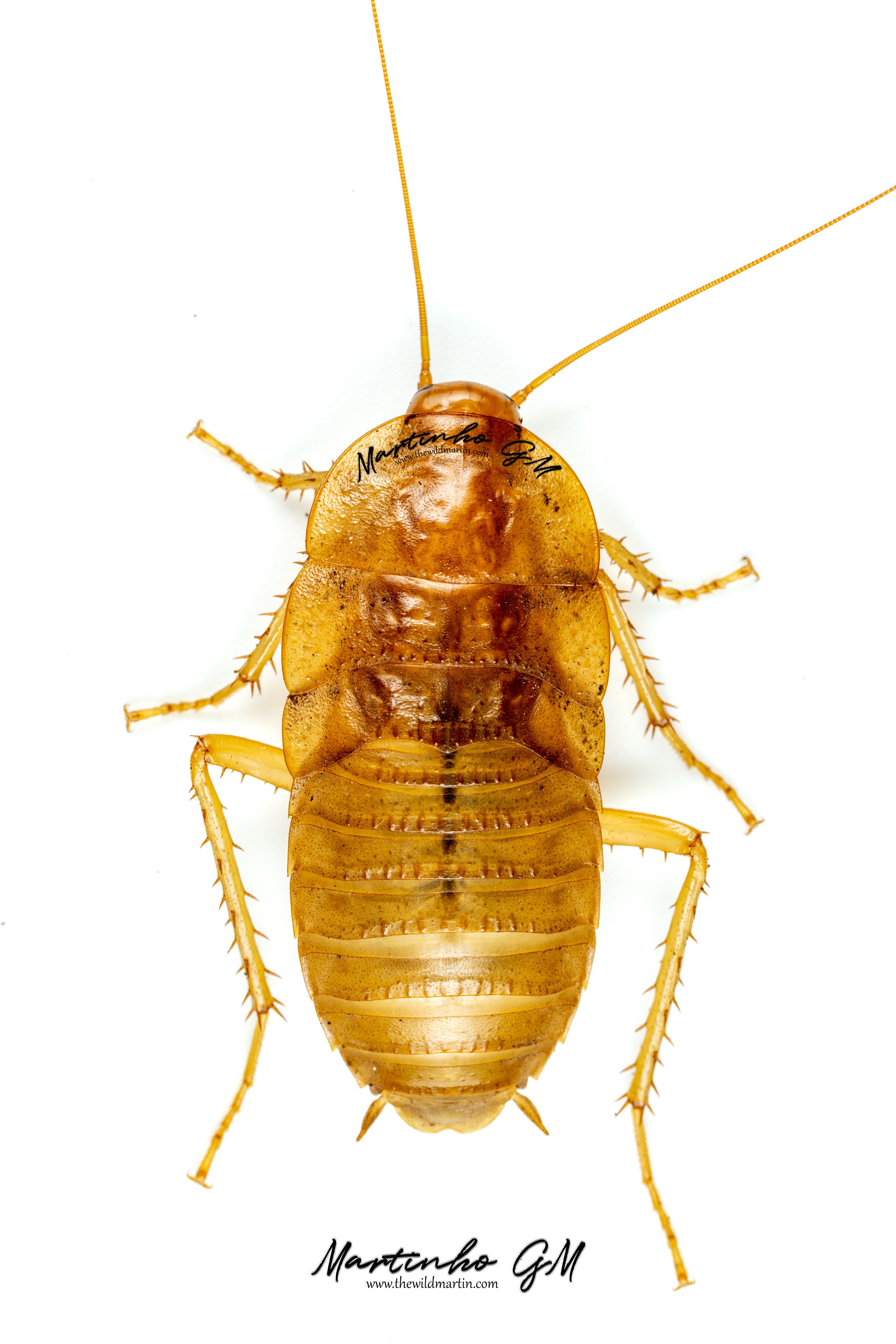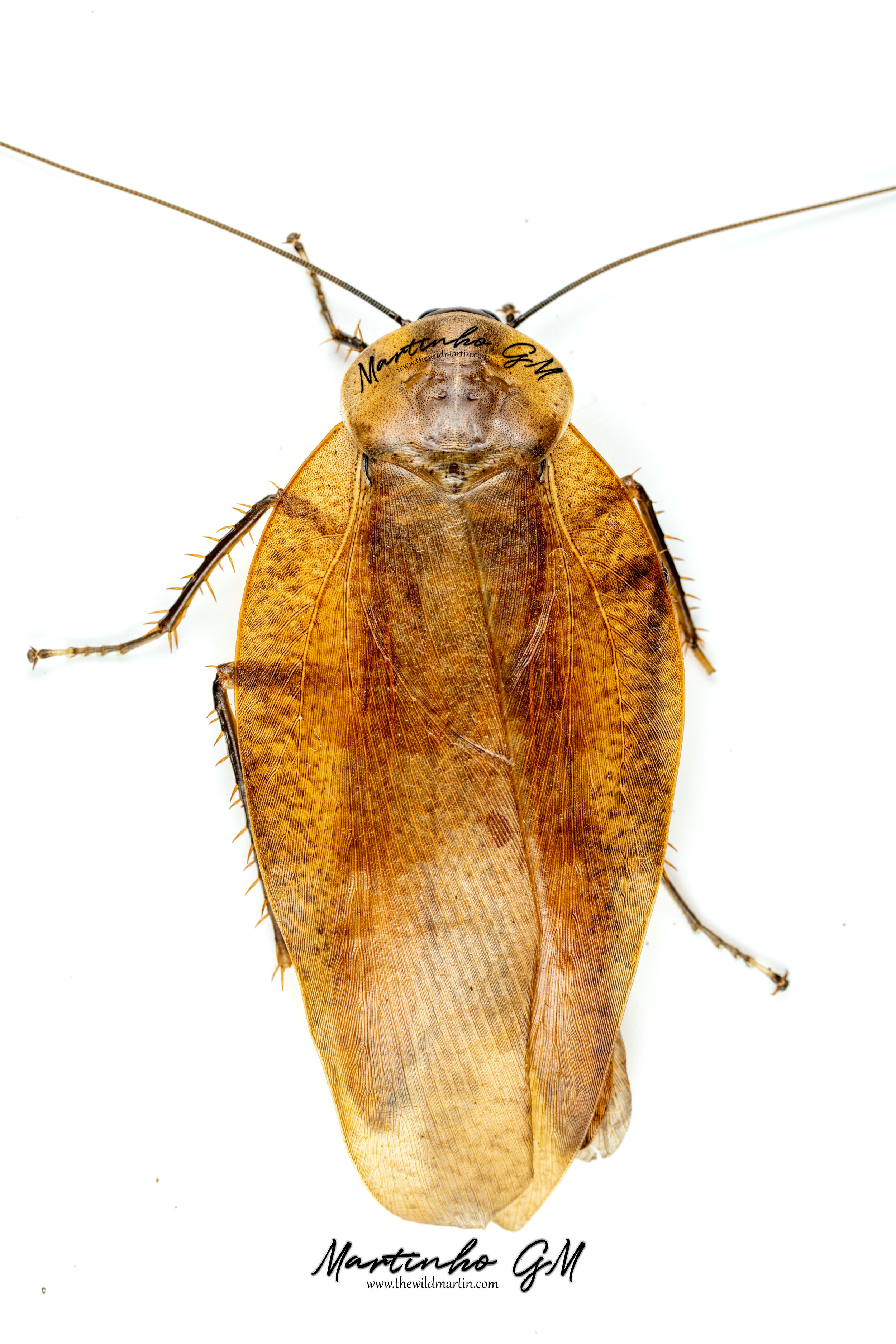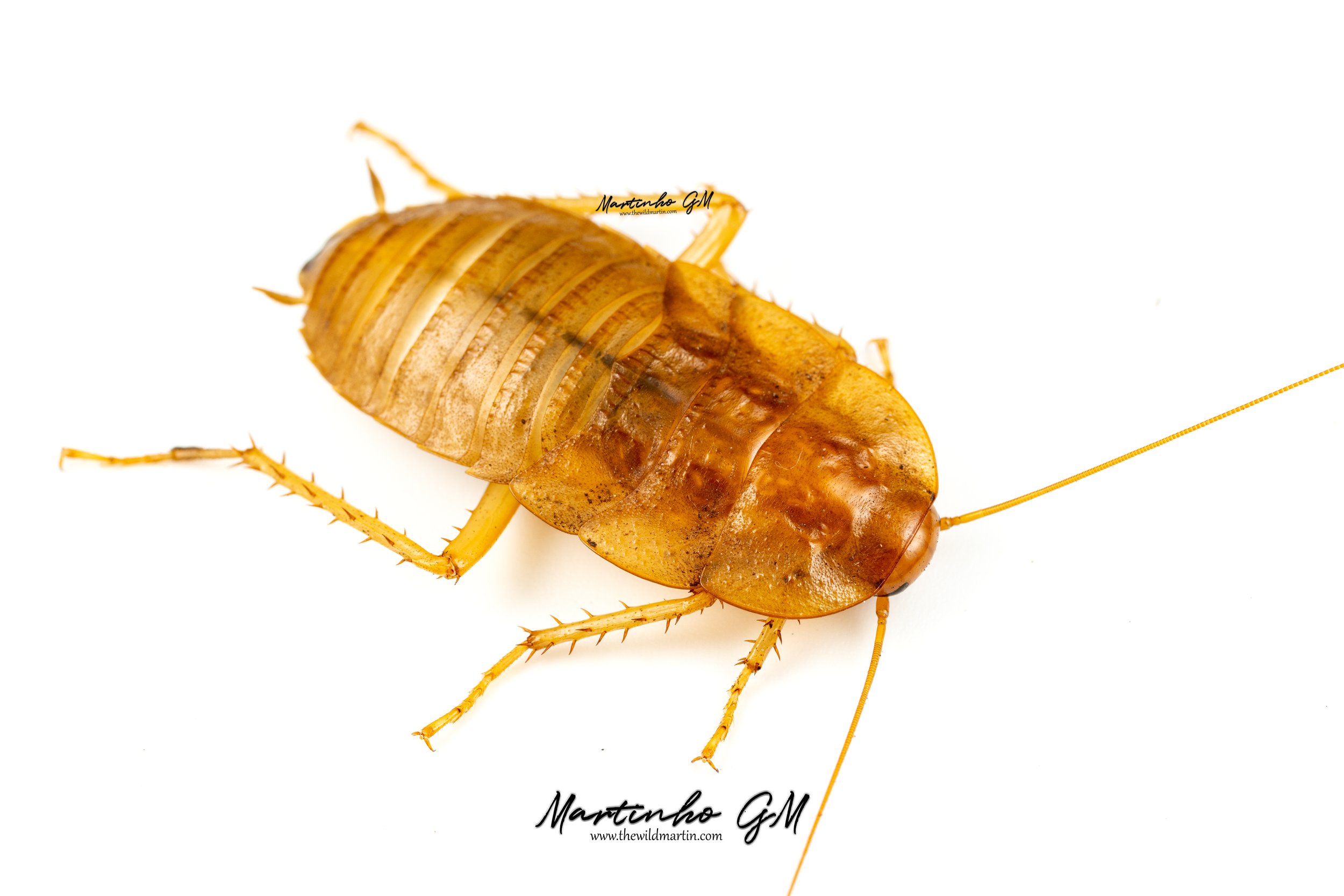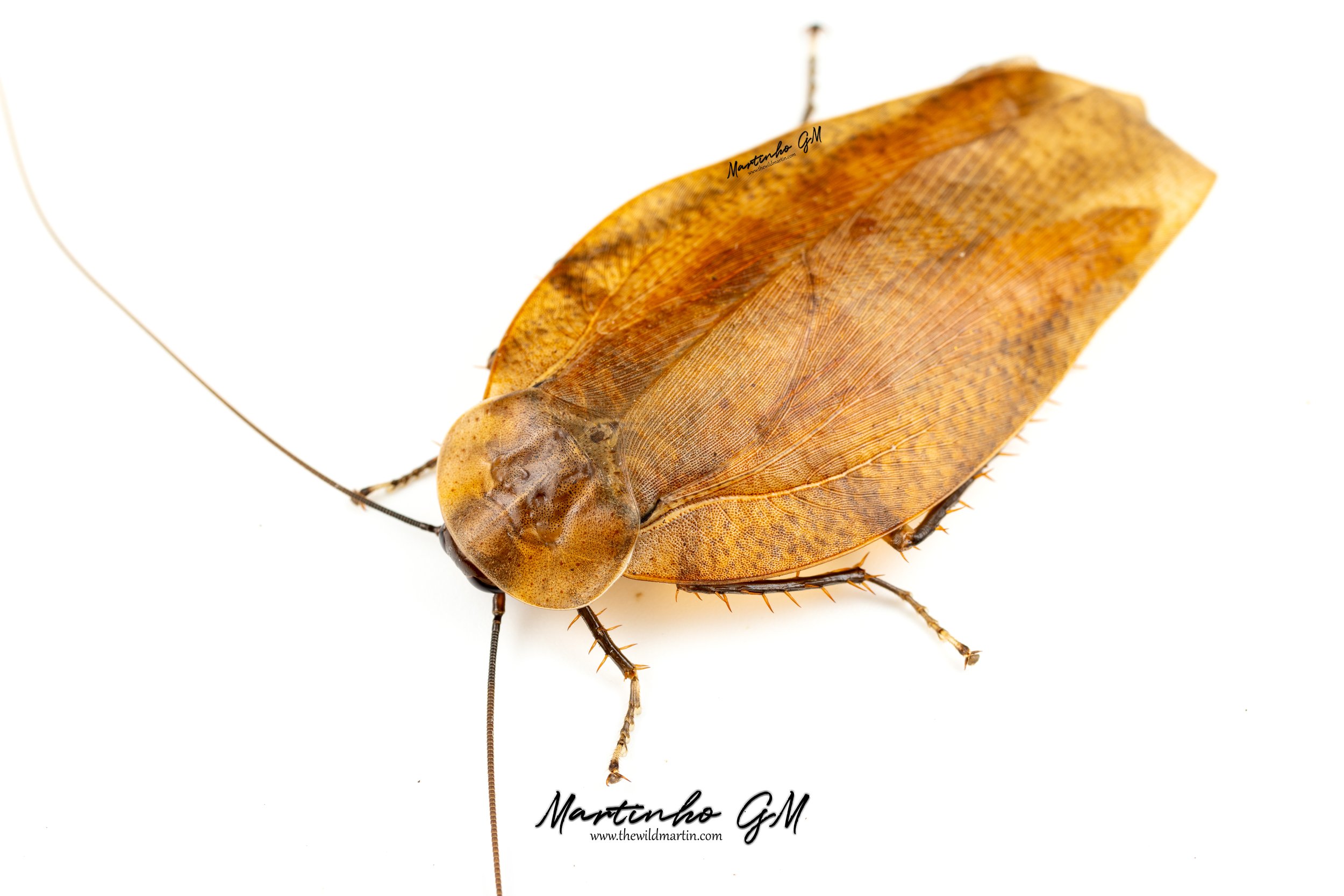Cave-Dwelling Rhabdoblatta, an unusual looking Cave Roach
Cave-Dwelling Rhabdoblatta sp nymph
Welcome to another roach post!
Last October 2023, I received a species which I had already tried to raise also during 2023, but had failed.
Since I was receiving this batch in October and winter was already soon coming, it was a good test to see if it was my “poor” keeping conditions that killed the last colony, or if it was once again the damned local high temperatures.
But before jumping into the keeping experiences, let me introduce where they come from.
These roaches were all wild caught from a cave located in the Chinese Province of Guangxi, in the Perfecture of PingXiang, a bordering region with Northern Vietnam.
As a subtropical monsoon climatic city, Pingxiang has mild winters, long and hot summers, with plenty of rainfall. The annual average temperature is 18 °C. Pingxiang has abundant water and mineral resources. Five rivers flow across the land.
Coal, iron ore, limestone, kaolin, and granite are the most abundant minerals of the city. Even today, the Pingxiangren, or local people, proudly refer to their city as the "coal center of southern China."
After some research on the existing cave systems, I found that the caves are made of limestone. The area has a large number of caves, some with rivers and bodies of water running through and inside them. It is also reported that they have a stable temperature of 18 Celsius degree all year long.
Unfortunately, I was trying to source some photos of the cave, but couldn’t.
Cave-Dwelling Rhabdoblatta sp colony
I received around 25 nymphs this time, and decided to house them on a low ventilation, high humidity setup.
Cave-Dwelling Rhabdoblatta sp enclosure
These roaches will remain hidden throughout the day, only coming out once the lights are out and its fully dark.
They are quite easy to handle but if scared they will quickly jump off and run as fast as you will ever see a roach do it. Nymphs do not seem able to climb smooth surfaces.
Cave-Dwelling Rhabdoblatta sp nymph
In terms of feeding, I have been feeding them regularly apples and turtle food pellets. And I have noticed that apples will last for quite some time, as they will eat it daily but in small amounts.
Protein on the other hand, doesn’t last one night.
Probably due to the scarcity of food and my suspicion of the presence of bats or small rodents, any fallen baby or dead individual on the ground will be turned into mince meat by these, just like their South American counterpart Blaberus and Eublaberus have been described to do so as well.
Since I have started keeping them in October, I have not yet found any single loss (either because they consumed it or because there wasn’t any…. Actually I never counted them again… Should do!). And fingers crossed that won’t happen anytime soon or ever again.
Recently I have noticed that there was a male which was starting to look puffed up and ready to do its final molt.
I kid you not, I have been checking on this colony every single morning ever since I noticed this male was going to mature!
And surprise!
Cave-Dwelling Rhabdoblatta sp Adult Male Freshly molted
Exactly 5 months later to the day after receiving them, the male had molted (unfortunately not 100% but still looking amazing)!
Cave-Dwelling Rhabdoblatta sp colony March 2024
Cave-Dwelling Rhabdoblatta sp Adult Male
The adult male can clearly climb smooth surfaces and is faster than the nymphs if it gets scared!
Also the length of their antennae is huge, although not properly captured in camera, I would risk to say that they are almost as long as their own bodies!
In terms of size, the male is 48mm long and 23mm wide, on its widest point. The female nymph showcased here is 31mm long and 12.5mm wide. She is going to be, probably, the first female to molt, and I believe she will be even bigger than the male.
I have seen photos from another keeper in China who has this species as well, and seems the females have some color variance, with a more milkier coloration instead of yellowish. Let’s wait and see!
Cave-Dwelling Rhabdoblatta sp Adult Male
I am absolutely in awe with the reduced pronotum when compared to the width of the wings. Absolutely stunning in my opinion and so different from any other Rhabdoblatta I have ever kept.
After a short conversation with Chih-Ting Hsu, when I asked him if he thought this was Rhabdoblatta, his reply was “in sensu lato”, which means in a general term, yes. He further added that “Rhabdoblatta is a trash can genus, and badly requires revision”. Meaning, its a genus that is grouping a ton of different species because there haven’t been much studies surrounding them.
I have also witnessed this before in regards to the old “Pachycondyla” ant genus, a genus once revised broke down into innumerous different ant species. Probably the same will happen here.
Cave-Dwelling Rhabdoblatta sp Nymph
Going back to the beginning of the post, in regards to my previous failure, I think it is safe to assume that it was clearly due to the high temperatures once again.
Keeping this species for 5 winter months without any issues whatsoever, in comparison of a brutal failure the first time I kept them, I think it couldn’t be any more obvious.
I will of course, be putting these inside the 450L fridge before temperatures start to rise.
Well, this is all for this weeks post!
Hope you have enjoyed!
I will keep updating on further developments from any more molts on the male and female side!
Let me know if you have any comments,
Thanks for reading,
Cheers!

